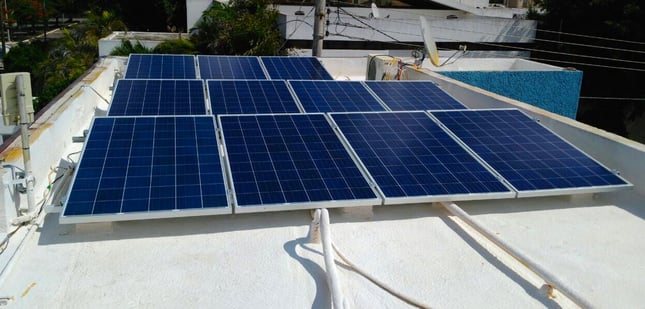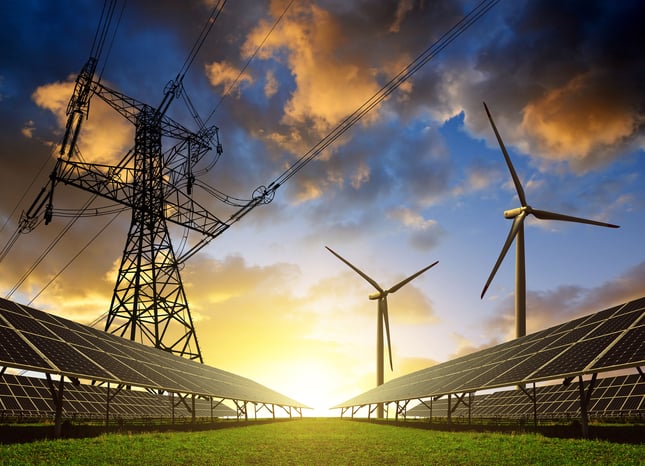
When you install solar energy panels in your house or business, the consumption rate of electricity drops to the minimum, but you don’t ever stop being connected to the official electrical web of the Federal Electricity Commission (CFE by its Spanish acronym).
According to the Mexican law, the installation of solar energy panels implies that you’ll use both electrical energy sources: the one from the solar panel installation and the one provided by CFE. The advantage is that you’ll pay the bimonthly basic rate, and you could even end up with a positive balance, while your solar panels provide you the energy you need without any additional expenses other than the installation.
What is the contract process with CFE when installing solar panels?
When you install your solar energy panels:
- You must give notice to the Federal Electricity Commission (CFE), which will provide you with the benefits by law for those who wish to invest in clean energies.
- You’ll sign a contract of interconexion with CFE, in which you must point out that you’ll be using two simultaneous sources of energy.
Installation requirements
The requirements are:
- To have a standard supply installation to bimonthly pay the power through, either low voltage (domestic use) or medium voltage (industrial use).
- Information about the installation and the equipment, in a form that you can fill in alongside the staff of Habitec.
CFE indicates that the contract is undefined, so it isn’t necessary to renew it, and it can be cancelled with a 30 days notice.
How do the solar panels work with CFE?

Once the solar panels are installed wherever is more convenient for you, a bi-directional meter will be installed. This is a meter similar to the conventional ones, but it allows two different electrical energy sources.
Normally, you’ll use the energy generated by the solar panels. In the case that you generate more energy than you need, it will be sent to the CFE meter which will result in a positive balance for you. In the case that your generated energy is depleted, you will always be able to use the energy provided by the electrical line.
Likewise, you’ll have a bi-directional digital meter in which you’ll be able to read both of your balances:
- In the first one, you’ll be able to know your CFE energy consumption.
- In the second one, you’ll know the excess of energy that your solar panels generates and that CFE received.
If you have a positive balance, because you generated more energy than you needed, that surplus will become a credit that will allow you to use it along the next 12 months.
The best of two worlds

With the installation of your solar panel, you’ll have the best of two worlds: When your solar panels are active and you don’t use that energy, the surplus will be used by CFE to distribute along the electrical line. In exchange for this “loan”, CFE will take off this excess from your next bill.
In the same way, the energy you didn’t use that day, will be able to be compensated at night, when your photovoltaic cells aren’t receiving any sunlight.
At the end of the bimester, on your electrical bill you’ll receive the amount of your consumption from the electrical line, to which will be subtracted the excess of what you “lent” to CFE, making your bill drop to the minimum or even a positive balance in the form of a credit you’d be able to use during the rest of the year.
As you can see, the use of electricity generated by solar energy has a lot of advantages.
